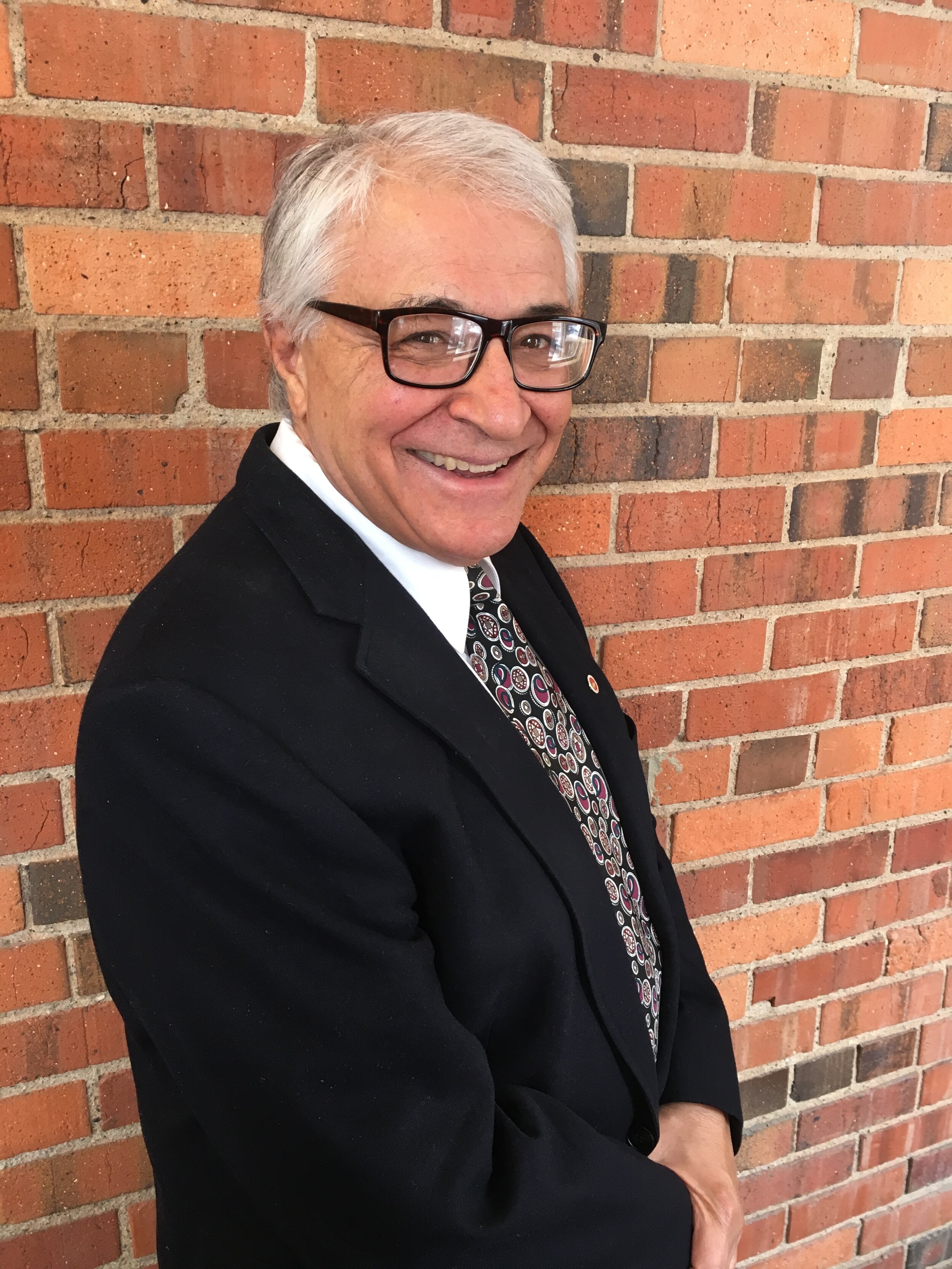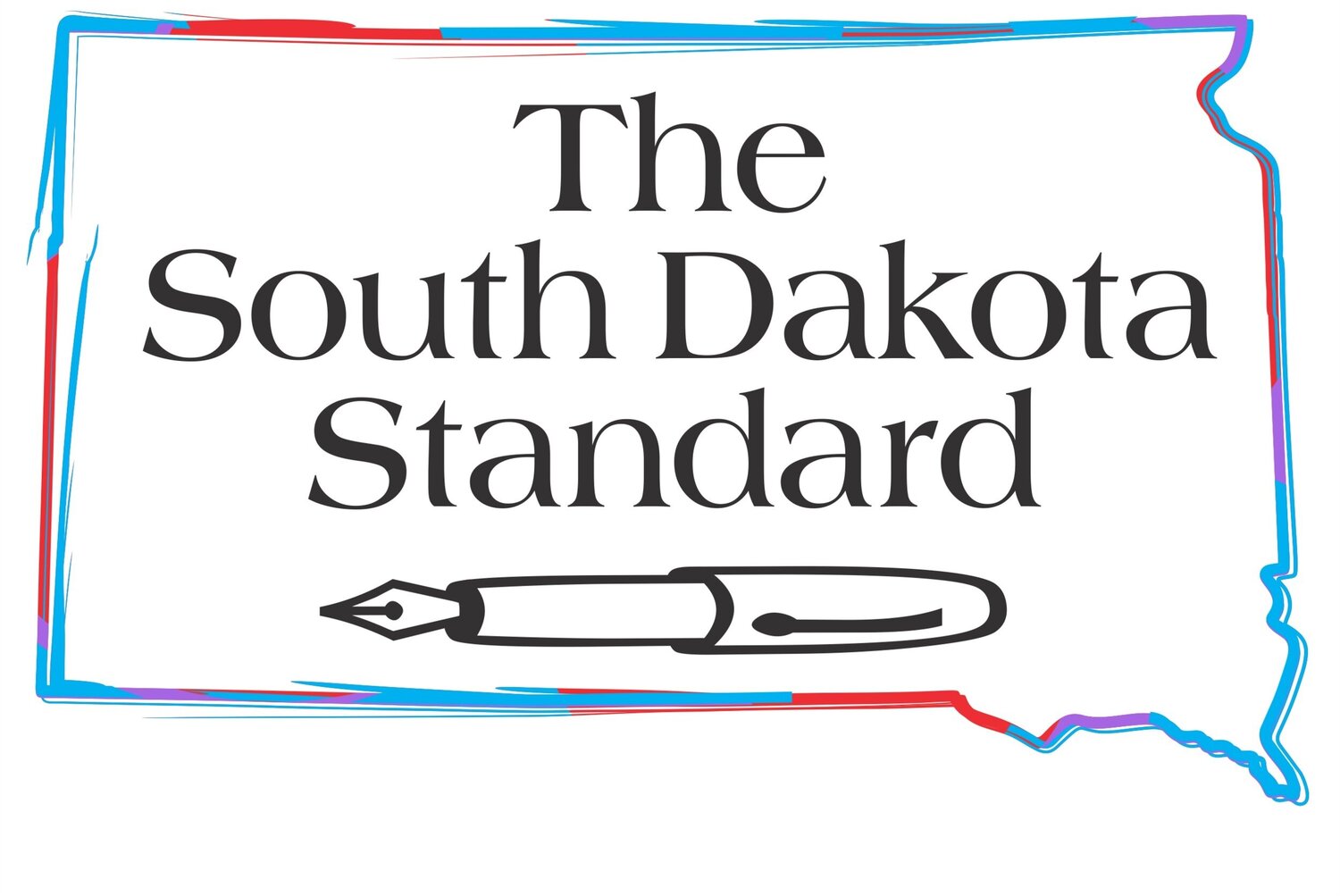Mel Ruder, with his Hungry Horse News, was a champion of local news — and we need that now more than ever
Newspapers matter. That’s an important message to share this week. Any week, actually.
This is the 85th National Newspaper Week. It’s supported by Newspaper Association Managers to remind folks of the vital role papers still play.
“Local journalism is the heartbeat of informed communities,” the National Newspaper Week website states. “It brings stories to light that national outlets often overlook — stories about school board decisions, city council debates, neighborhood events, and local heroes. In a world increasingly shaped by global headlines and social media noise, reconnecting with local news is vital for civic engagement, accountability, and community resilience.”
I have known and worked with scores of editors, reporters and photographers since 1978. During my career, I have worked in South Dakota, Texas, Oregon, Montana, Minnesota, Oklahoma, Nebraska, Wyoming and Iowa. Some jobs lasted six months, other relationships have continued for two decades.
During those years, almost all the people I knew were dedicated and driven to provide their readers with the best-possible information, with enlightening stories, brilliant photos and compelling design.
Some were liberals, others conservatives. In many cases, I had no idea what their politics were. We talked about covering local government, cops and courts, farms and other issues — we didn’t dwell on the political affiliation of our sources.
Of all the people I worked with, one man stands out: Mel Ruder.
Mel was the owner, publisher, editor and chief photographer for The Hungry Horse News, a great weekly paper in northwest Montana.
He was a visionary, realizing the importance of photos. For centuries, newspapers were large gray sheets filled with small words. Readers devoured their local papers, wanting to know who was arrested, who was elected and who died.
But there was a clear need for papers that appealed to the eye. Mel knew that, and he filled The Hungry Horse News — named for a large dam and a small town near Glacier National Park — with excellent photos.
He covered car crashes, basketball games, politicians and pretty girls. Mel was especially drawn to Glacier Park, one of the most spectacular places on the earth. It’s a million acres of incredible scenery, populated by grizzly bears and other wild creatures.
Mel devoted large sections of his paper to the park. Readers noticed, and at its peak, The Horse, as staffers called it, had more than 7,000 subscribers, more people than lived in Columbia Falls, Mont., where the paper was based. Readers from all 50 states enjoyed the tremendous photos Mel took and the blend of hard news, community reporting and local commentary.
Mel was famous — and deservedly so — for being awarded the Pulitzer Prize for Local General or Spot News Reporting in 1965. He provided in-depth coverage of a devastating flood in the region in 1964, publishing special editions to inform the public, and more than tripling the press run.
“He went out on the floodwaters in a boat, and when the road was washed out he drove his car down the railroad tracks to photograph flood scenes,” The New York Times wrote in his 2000 obituary. “He worked day and night for nearly a week, feeding news steadily to The Associated Press and radio stations in the area.”
It was a heroic effort, and the Pulitzer Prize Board took notice.
Tiny papers like The Hungry Horse News rarely were mentioned in such rarified airs. The same award was won by The Wall Street Journal in 1964, and by The Los Angeles Times in 1966. But in between these giants was Mel’s paper, which was based out of a log cabin he had built in 1946.
It was both the home of his paper and, for a time, his home. He lived upstairs until he got married to Ruth, his partner in life and the paper.
I arrived at The Hungry Horse News in July 1997. Mel had sold the paper to the Kennedy family of Wyoming in 1978, but he dropped off frequently to meet with Brian Kennedy, the driven, talented man who replaced him at the reins of The Horse.
In my role as managing editor, I got to know Mel rather well. He liked my writing and often complimented me on stories. He also submitted short reports on issues that mattered to him, many on the Blackfeet Tribe.They had adopted him, giving him the name Spotted Calf.
In 1999, I was asked to write the text for a book on Mel and the paper. “Pictures, a Park and a Pulitzer” was published in 2000. I wrote about 15,000 words, barely enough to cover his life and career.
But the book’s primary attribute was Mel’s amazing photos. He had a keen eye for a great image, and worked hard to obtain them. When he was a young father, he and his family would camp out in Glacier in order to capture a sunset in the park.
Check out his photos. Mel was well ahead of his time. He was both a journalist and an artist with a camera.
He also was a quiet, modest man. I once had to admonish a young reporter rushing out to cover a story after he nearly knocked down Mel.
“That’s the guy who started this paper,” I told Emmett.
Mel did not display the Pulitzer Prize. People who worked with him in the 1960s told me that after a few years, he didn’t want it promoted, not until they won another one.
His reaction to the news that he had received one was telling: “I guess I can die now.”
Thankfully, he didn’t.
After he retired more than a decade later, Mel was a revered figure in Columbia Falls and across Montana. There is an elementary school named for him and Ruth. When I did stories on him after he died, I learned of the money he donated to schools and libraries — on the condition that no one was told of his generosity.
Mel shared a lot of his story with me for the book, but he suffered a stroke just before it was published. He died on Nov. 19, 2000, at the age of 85.
His work, and his paper, still based in that log cabin, live on.
Fourth-generation South Dakotan Tom Lawrence has written for several newspapers and websites in South Dakota and other states for four decades. He has contributed to The New York Times, NPR, The London Telegraph, The Daily Beast and other media outlets. Do not republish without permission.
Photo: Tom Lawrence’s biography of Tom Ruder
The South Dakota Standard is offered freely and is supported by our readers. We have no political or commercial sponsorship. If you'd like to help us continue our mission to advance independent political and social commentary, you can do so by clicking on the "Donate" button that's on the sidebar to your right.







